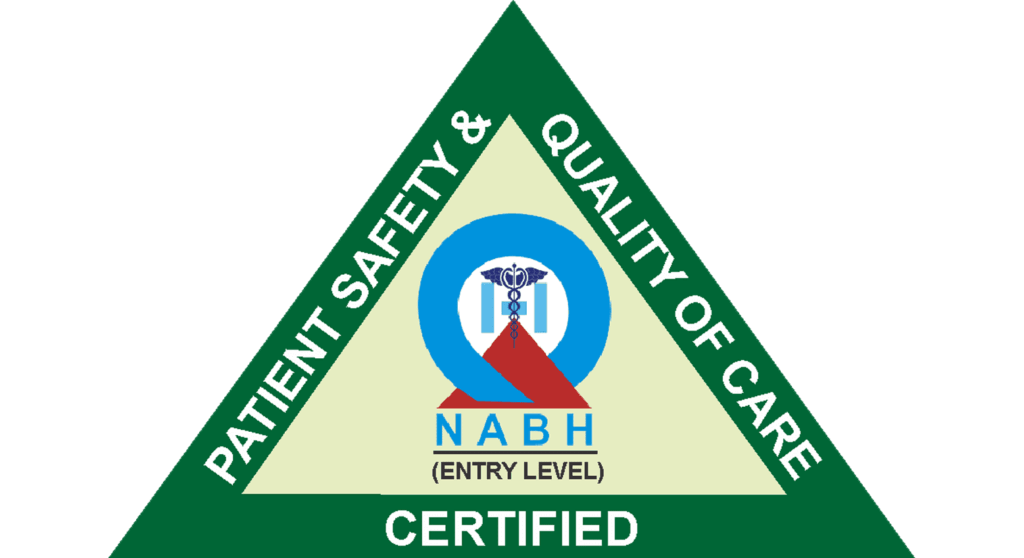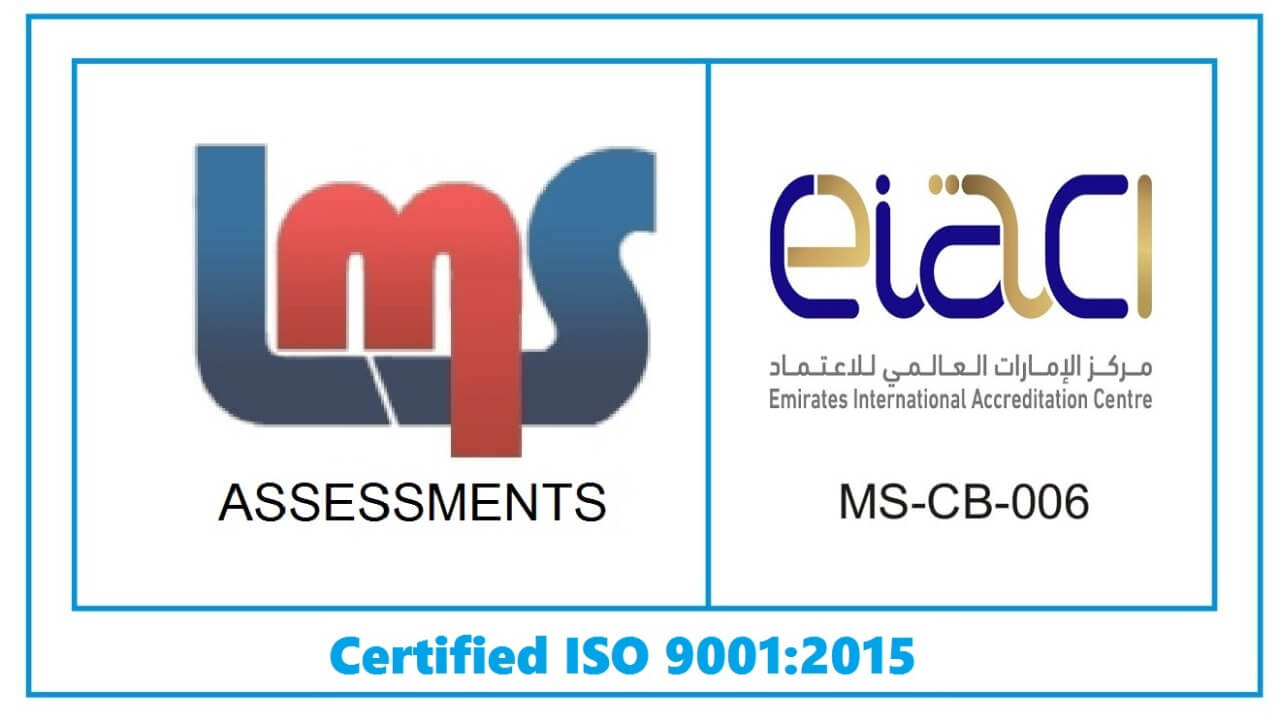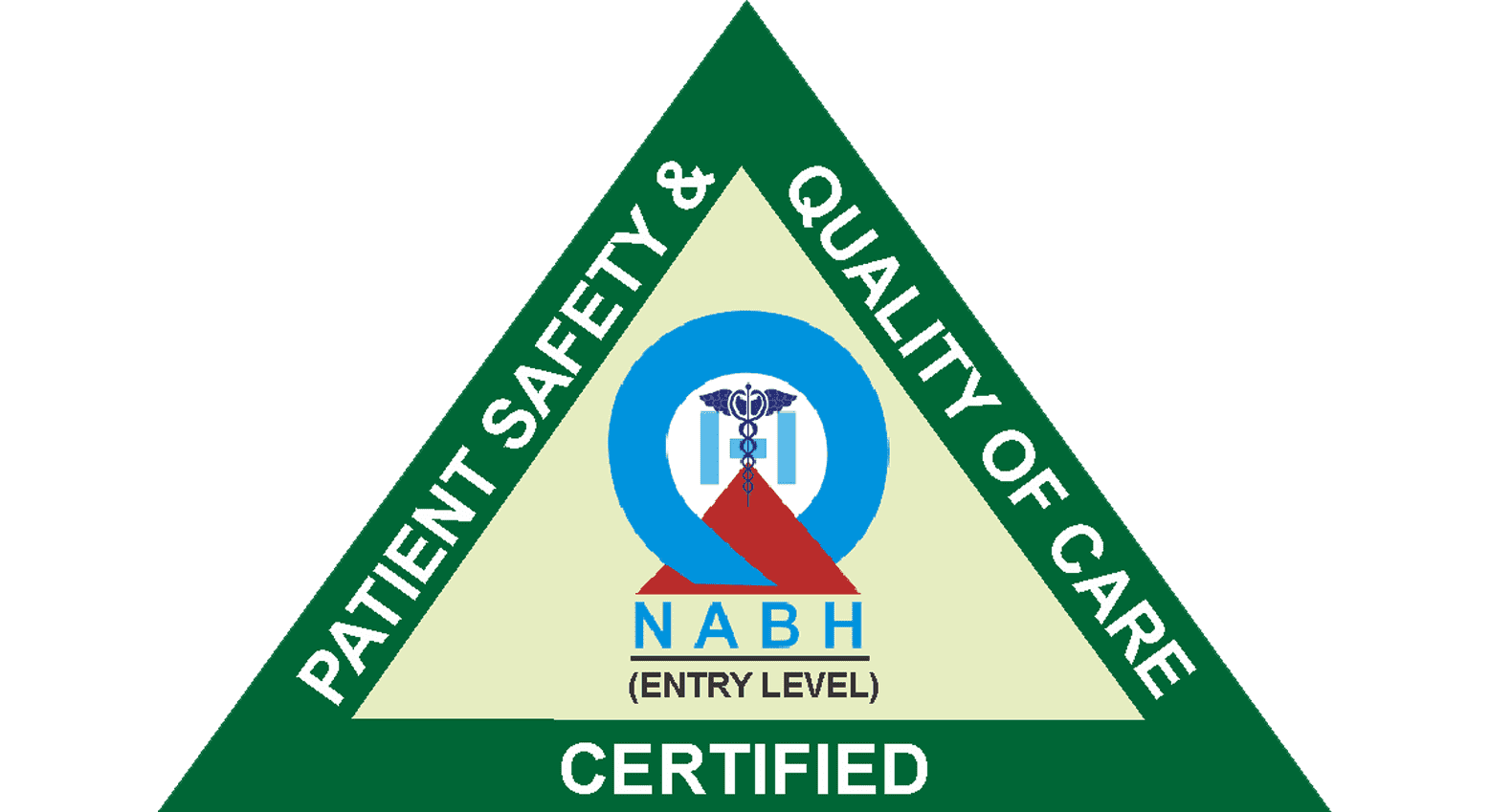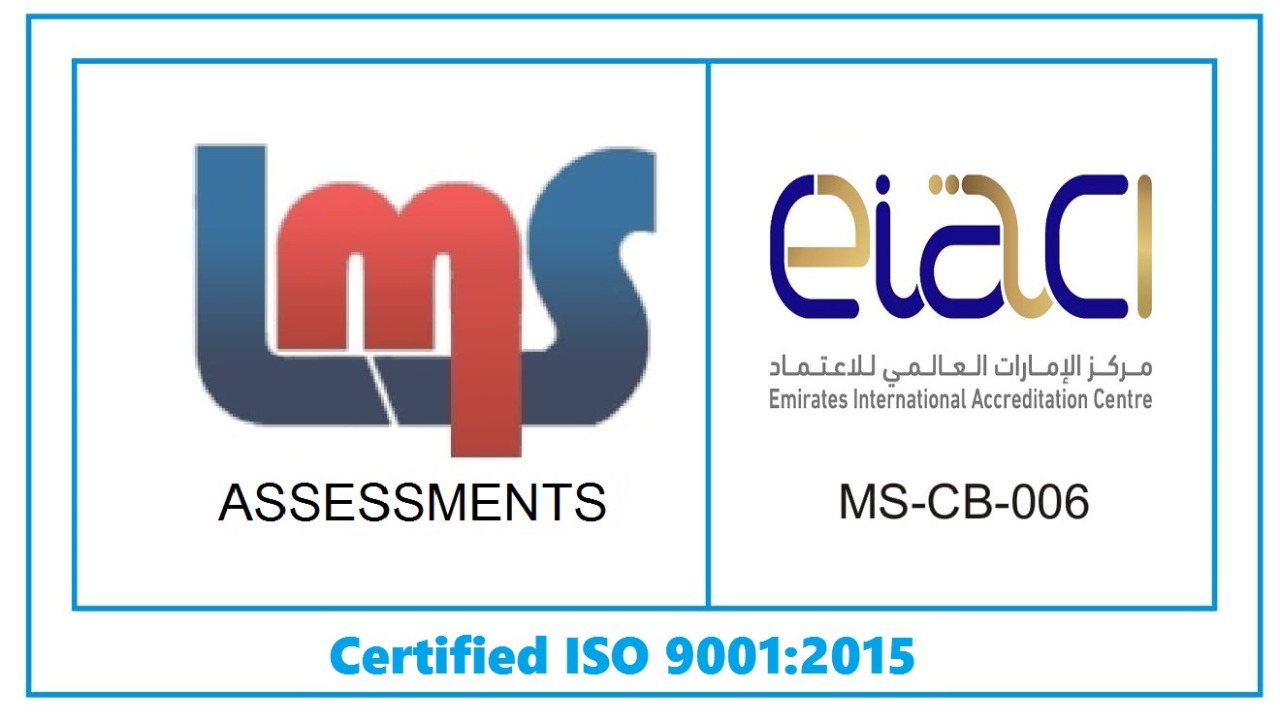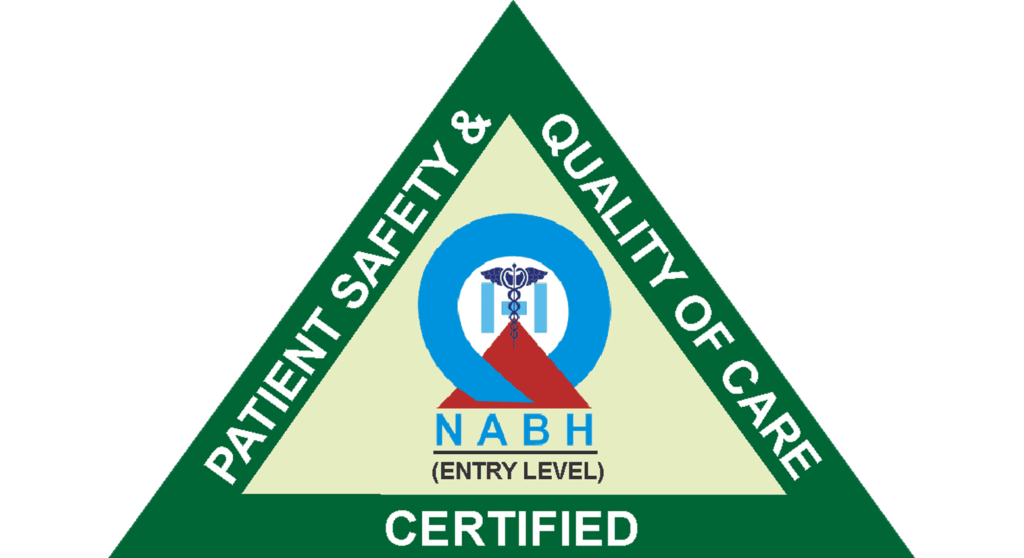
TransPRK Eye Surgery
TransPRK (Transepithelial Photorefractive Keratectomy)
What Is TransPRK Surgery?
TransPRK (transepithelial photorefractive keratectomy) is an advanced laser refractive surgery that, eliminates the requirement for suction, alcohol, or blade contact with the eye. This process decreases the need for glasses and contact lenses and is implemented to treat astigmatism, hyperopia, and myopia. Considering it can avert potential flap issues, many people prefer TransPRK eye surgery over LASIK as one of the fastest techniques for improving eyesight. It is also feasible for people with excessive myopia and thin corneas.
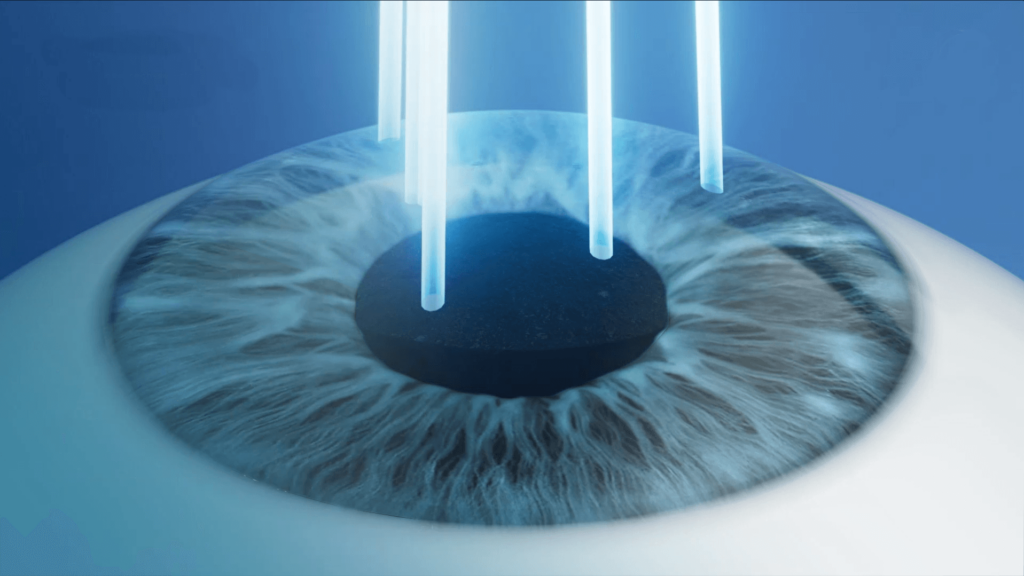
TransPRK Procedure

Step 1
Anaesthesia
Is Administered for painless surgery procedures.

Step 2
Reshaping Of Cornea Curvature
No surgical apparatus is employed for invasive action on your eyes, the excimer laser will seamlessly operate to reshape the corneal curvature and correct the vision.
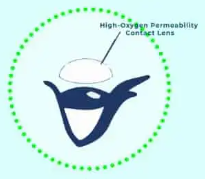
Step 3
Eye Protection
The surgeon then places a bandage contact lens over the operated area to protect the surface. It shall be removed after 5 days.
TransPRK Videos
Frequently Asked Questions
Various methods exist for vision correction, such as LASIK, LASEK, Epi-LASIK, PRK, and the latest addition, TransPRK. All of these procedures are widely recognized for correcting myopia and astigmatism.
LASIK, often referred to as the flap-and-zap method, involves creating a flap in the cornea using a metal oscillating blade or Femtosecond laser. The flap is then lifted, and laser correction is applied to the underlying cornea tissue. After the correction, the flap is closed without the need for stitches.
Epi-LASIK, on the other hand, is an ablation technique that avoids cutting into the cornea. It removes the uppermost surface layer of cells, known as the epithelium, using a blunt oscillating blade made of metal or plastic. The laser correction is then applied to the underlying cornea. As the epithelium cells can regenerate, they naturally grow back within 3-5 days, preserving corneal tissue and minimizing nerve damage.
TransPRK represents an even more advanced approach. This procedure eliminates the use of oscillating plastic or metal blades altogether. Instead, the Excimer laser vaporizes the epithelium and reshapes the cornea in a single-step, non-contact treatment. The whole process is guided by an Alcon Wavelight Ex500 Laser Machine.
Various techniques for correcting the vision, including LASIK, EpiLASIK, and TransPRK are used to correct myopia and astigmatism. LASIK is a procedure for creating a corneal flap by blade and laser, while EpiLASIK will remove epithelium without severing it to the cornea. TransPRK, an advanced technique, uses an Excimer laser to treat without contact, eliminating the need for blades, and is guided by the Alcon Wavelight Ex500 laser machine. These procedures seek to enhance vision and have been shown to be effective.
Before undergoing any of the vision correction procedures like TransPRK, LASIK, or Epi-LASIK, you will undergo a comprehensive pre-surgical evaluation. Experienced eye surgeons and optometrists will carefully examine your eyes, taking into account various factors to determine the most suitable option for you. Some of the key considerations include:
Corneal shape
Corneal thickness
Presence of any pre-existing eye conditions like glaucoma or cataracts
Typically, treatments with power below 0.75 Dioptres are rarely performed. In general, lower power treatments tend to offer higher accuracy in refractive surgeries. The maximum safe correction power is determined by two main factors:
Corneal thickness
Pupil size in dark conditions.
If you are skeptical about undergoing Epi-LASIK or LASIK due to their certain risks and complications, TransPRK eye surgery might be the better choice for you. Below are some reasons why you may opt for TransPRK:
- You want to avoid the risk of corneal cutting, as in Epi-LASIK where the epithelium is scraped off with a blade.
- You’d like to avoid the creation of a corneal flap overall.
- You wish to steer clear of potential flap-related complications like infection, inflammation, dislodgement, or wrinkles.
- You may choose TransPRK over other treatments as it doesn’t involve cutting the corneal which can cause dry eye.
- To eliminate the risk of flap dislodgement, especially if you lead an active lifestyle and engage in sports activities like basketball, martial arts, etc.
- As TransPRK only removes the necessary amount of tissue, you can preserve your cornea tissue better.
The newest and refined version of laser Refractive Surgery is TransPRK. The speculum will be holding your eye open and you’ll stare straight ahead at the blinking green light. Rest everything is done by the laser, it doesn’t touch your eyes. As by the 7th dimensional tracking, the AMARIS laser will navigate, predict, and recognize a thin layer of your cornea gently. The TransPRK can only be performed by the AMARIS laser family, with the 1050RS having the shortest operating time.
The shortest procedure of laser refractive surgery, TransPRK is performed in less than 2 minutes. EpiLASIK takes between 5 to 6 minutes, while the standard LASIK may take 10 to 15 minutes. EpiLASIK uses a microkeratome to tear out the most superficial layer, epithelium. The flap is cut by a blade or laser in LASIK. The laser treatment is also used in the case of epiLASIK and LASIK.
Including the day of the surgery, you will receive around 7 days of medical leave. It is advised to refrain from working for the first 3 days post-treatment to prevent infection and facilitate healing. Topical eye drops prescribed by your doctor will aid in the recovery process.
Rest at home and practice good hygiene in the first week following your TransPRK surgery. Avoid crowded or polluted areas to reduce infection risk. Refrain from rubbing your eyes, as a thin contact lens facilitates healing and minimizing discomfort for a delicate superficial layer.
TransPRK may not result in having bloodshot eyes caused by a suction ring. It is typical to have slight mistiness, but vision improves progressively during recovery.
1.Career reasons: If your career or profession demands excellent vision without the reliance on glasses or contact lenses, you may opt for corrective surgery to enhance your visual acuity and performance.
2. Lifestyle reasons: Some individuals choose vision correction surgery to support their active lifestyle, such as engaging in sports and leisure activities, where wearing glasses or contacts can be inconvenient or limiting.
3. Cosmetic reasons: Vision correction surgery can also be chosen for aesthetic purposes, as some people prefer the appearance of their eyes without glasses or contacts.
4. Reduce dependence on glasses and/or contact lenses: Many individuals seek vision correction surgery to decrease their reliance on glasses or contacts, aiming for greater convenience and freedom from visual aids.
By understanding your specific reasons for wanting vision correction surgery, your surgeon will be better equipped to recommend the most appropriate type of procedure to suit your needs and lifestyle.
Before your pre-assessment for suitability and on the day of the surgery, you will receive the following advice:
1. Soft contact lenses: Refrain from wearing soft contact lenses for 7 days before your first pre-assessment and before the surgery.
2. Hard contact lenses (RGPs): Avoid wearing hard contact lenses for 14 days before your first pre-assessment and before the surgery.
No, the procedure is done completely under numbing eye drops. The eye drops are instilled just before the surgery. You will not feel any pain throughout the short procedure.
The safety and efficacy of modern laser vision correction procedures, such as TransPSK, LASIK, or EpiLASIK, are judged to be safe but not completely risk-free. Infections, inflammation, and under- or overcorrection are likely side effects. Risks that come with LASIK include flap infection, inflammation, and dislodgement; as well, external triggers like rubbing, finger poking, or sports injuries might increase the risk of dry eye owing to disturbance of the corneal nerve. Epi-LASIK carries its own risk of cutting corneal tissue. TransPRK is a safer and more widely used solution that, because of its tissue-preserving methodology, curbs these hazards and facilitates quicker recovery. Following postoperative regulations reduces the likelihood of these complications.

